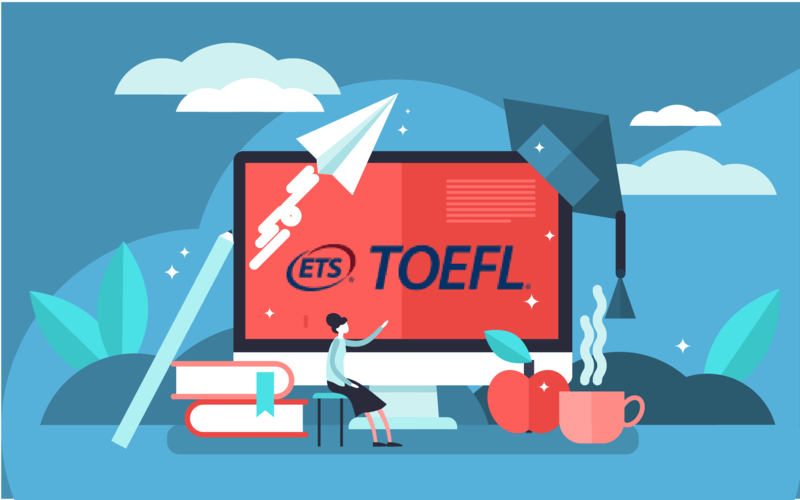THE HISTORY OF TOEFL TEST
Source: SUN English
The TOEFL Test originated in the early 1960s for second-language speakers of English who would like to study in English-based institutions. Commissioned under the National Council on the Testing of English as a Foreign Language, the TOEFL testing program was financed by grants from the Ford and Danforth Foundations through the attachment of the Modern Language Association by the formulated group of more than thirty public and private English institutions. The first TOEFL Test (1964-1979) was developed through components separation of language competence like grammar, comprehension, and vocabulary. This generation’s focus was on multiple-choice item types, measurement practices, and paper-and-pencil testing that were used at the time. Other methods that required test takers to combine discrete components through constructing and producing meaning, like speaking, writing, and ‘integrative’ skills, weren’t applicable yet. Since then, research and development of the TOEFL Test continued to grow over the following years for future assessment goals.
A Suite of TOEFL Tests (1979-2005) or the second phase of TOEFL Tests has included speaking and writing. While a multiple-choice TOEFL Test has accessed listening, reading, and structure-written expression to all administered candidates. Educational Testing Service (ETS) developed separate tests of speaking and writing that were taken by smaller amounts of applicants to fulfill the specific requirements of different institutions. The TSE (Test of Spoken English) was developed primarily to assess the oral skills of international graduate students who were taking the positions of teaching assistants. The TWE (Test of Written English) was also introduced in 1986 as a single essay written in response to a brief question or topic. TWE required test takers to develop, express and organize ideas using appropriate English vocabulary and grammar. As an advanced technology development, in 1998, a computer-based version of the TOEFL Test (TOEFL CBT) was introduced with a mandatory essay component for all test takers. ETS sponsored the development of TOEFL CBT to explore the relationship between the TOEFL Test and theories of communicative competence as the next stage of the TOEFL Test’s evolution.
The third phase of TOEFL Tests is the TOEFL iBT Test (2005-present), which constructs a communicative competence by testing the ability to implement language knowledge in relevant academic contexts. The academic tasks were developed by integrating productive and receptive skills that consist of listening, writing, speaking, reading, and multiple-choice items for listening and reading. Evidence-centered design (ECD) was implemented as a test design methodology developed at ETS to finalize the test specification for each of the four primary skills assessed in the TOEFL iBT and its relevant subskills. An important contribution of these test specifications was to ensure the associated test questions were comparable and sufficient across sustainable ongoing test development. After 40 years, the TOEFL program has pioneered language assessment innovations, and it has shown a significant understanding of language competence through technological developments. By development continuation, the TOEFL program has sustained its new assessments for English learners of different ages.
References:
https://www.ets.org/content/dam/ets-org/pdfs/toefl/program-history.pdf


